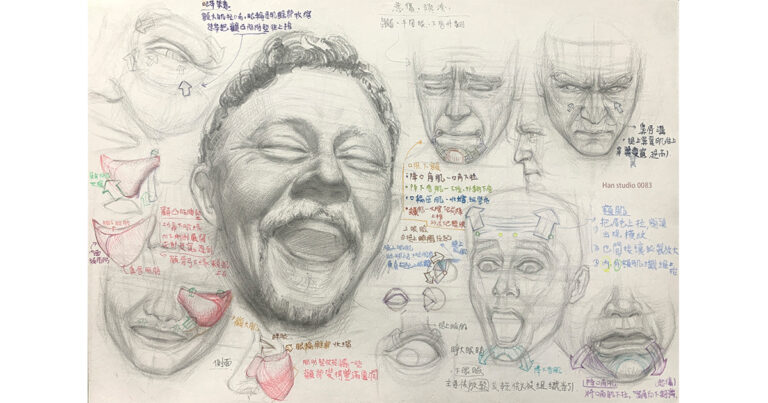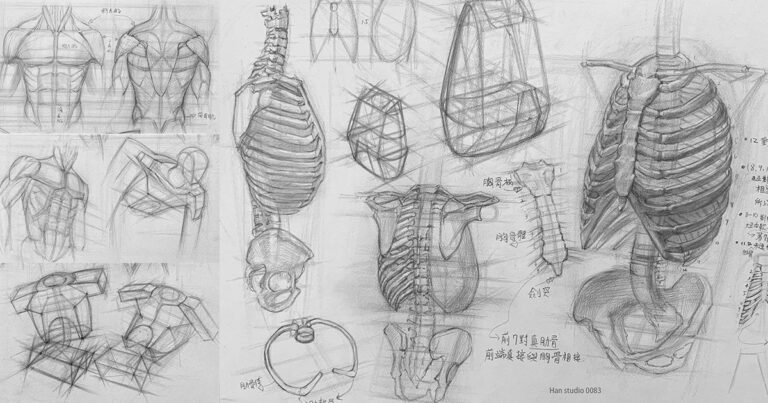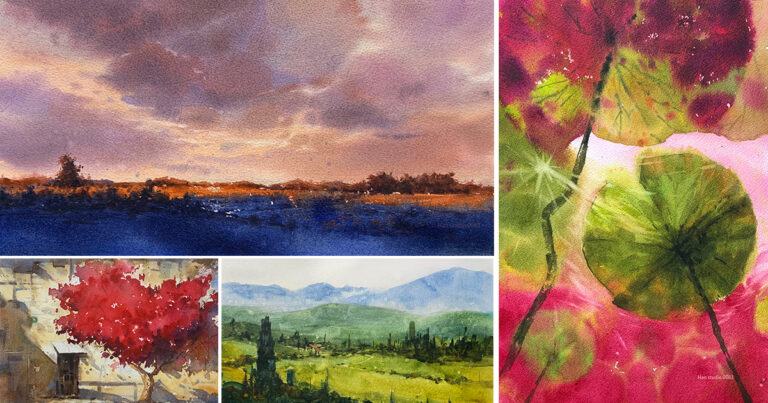This time, I'm sharing a record of my boot still life study. Over the past few weeks, I've been adjusting my sketching rhythm to work efficiently in a shorter time frame. Ever since I started using charcoal to add shading, I often end up looking like I've just come out of a coal mine, with my hands covered in black smudges.
On a side note, boots hold a special place in my heart. I remember being in high school and admiring the British-style outfits in magazines, with knee-high boots paired with a rider's jacket. I used to dream of putting together that look once I grew up. Since entering the working world, I've made boots a staple of my daily wardrobe.
Below, I've organized some key insights about boot structure for any fellow artists who are interested. Let’s dive in!
●Basic Proportions and Shape of Boots
By observing carefully, you'll notice that the proportion of a boot is roughly 1:1.5 squares. The overall shape can be simplified into basic geometric forms, like a trapezoid, with the shoe opening resembling a cylindrical shape.
Understanding the composition of these shapes makes it easier to draw from different angles. Refer to the three-view sketches at the lower right corner to grasp the proportions.

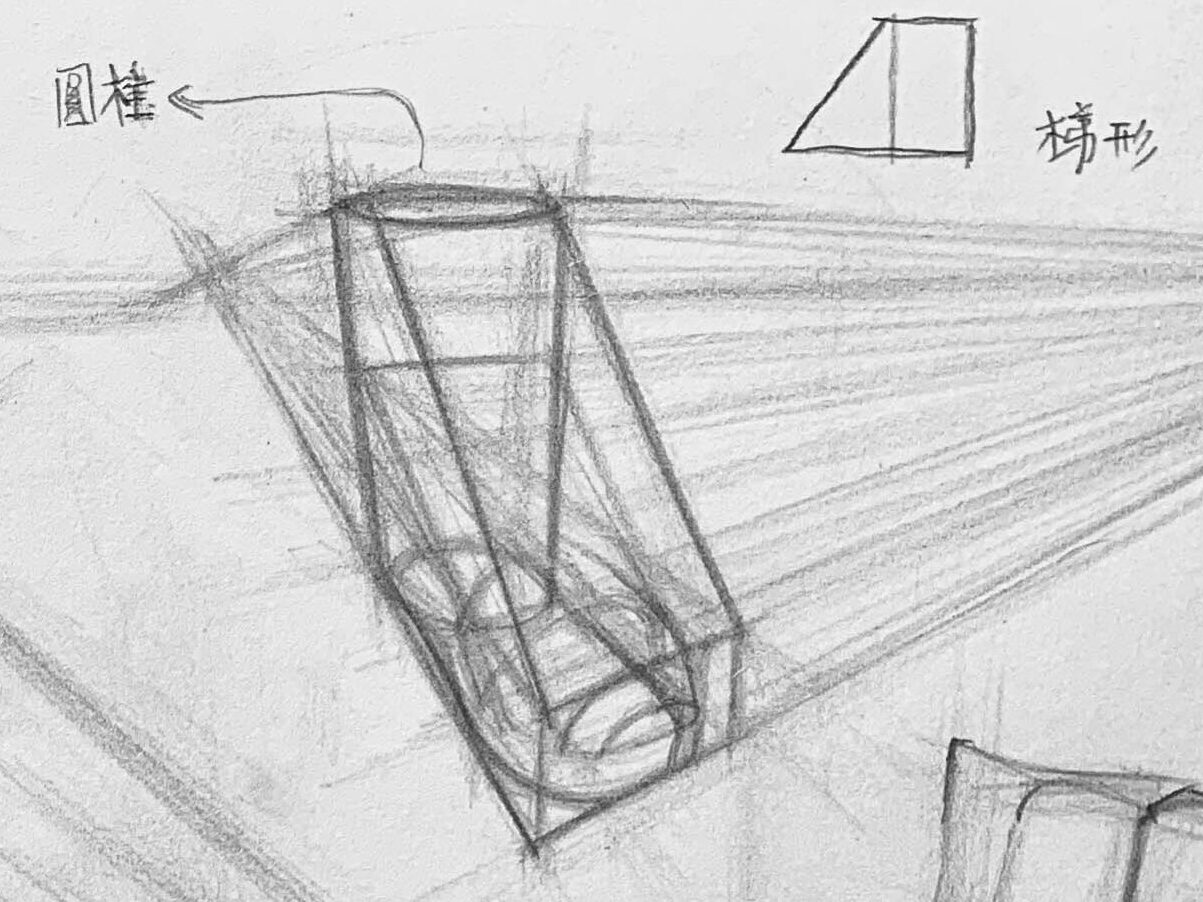
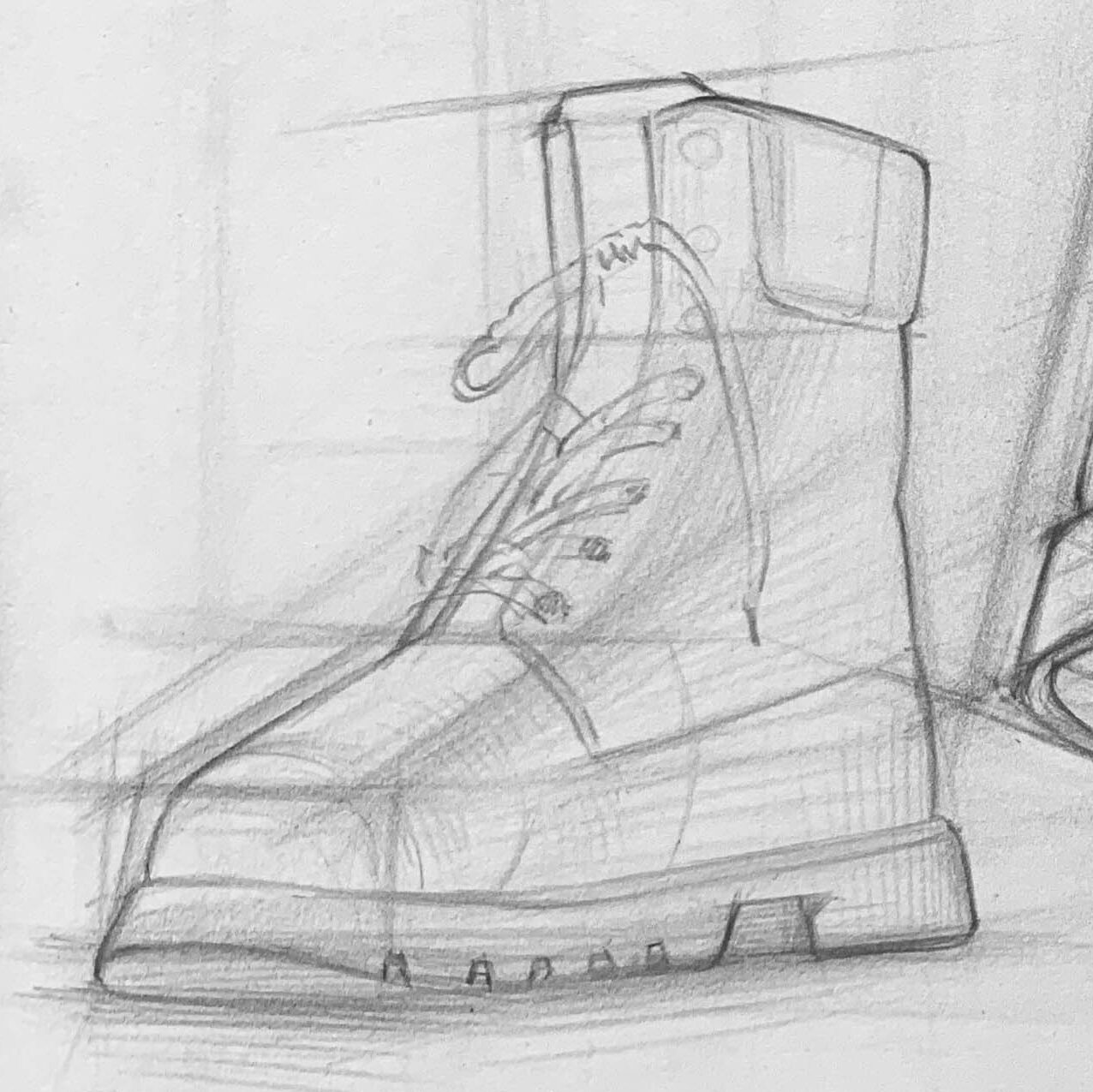
●Adding Perspective
Once you've determined the boot's length-to-width ratio, set your eye level and establish a vanishing point. Simplify the shoe into a trapezoid first. Once you have the basic trapezoid shape, map out the proportions of different boot parts within a grid, and then start refining the shapes of each section.
You can refer to the perspective examples in the top left and right sketches.
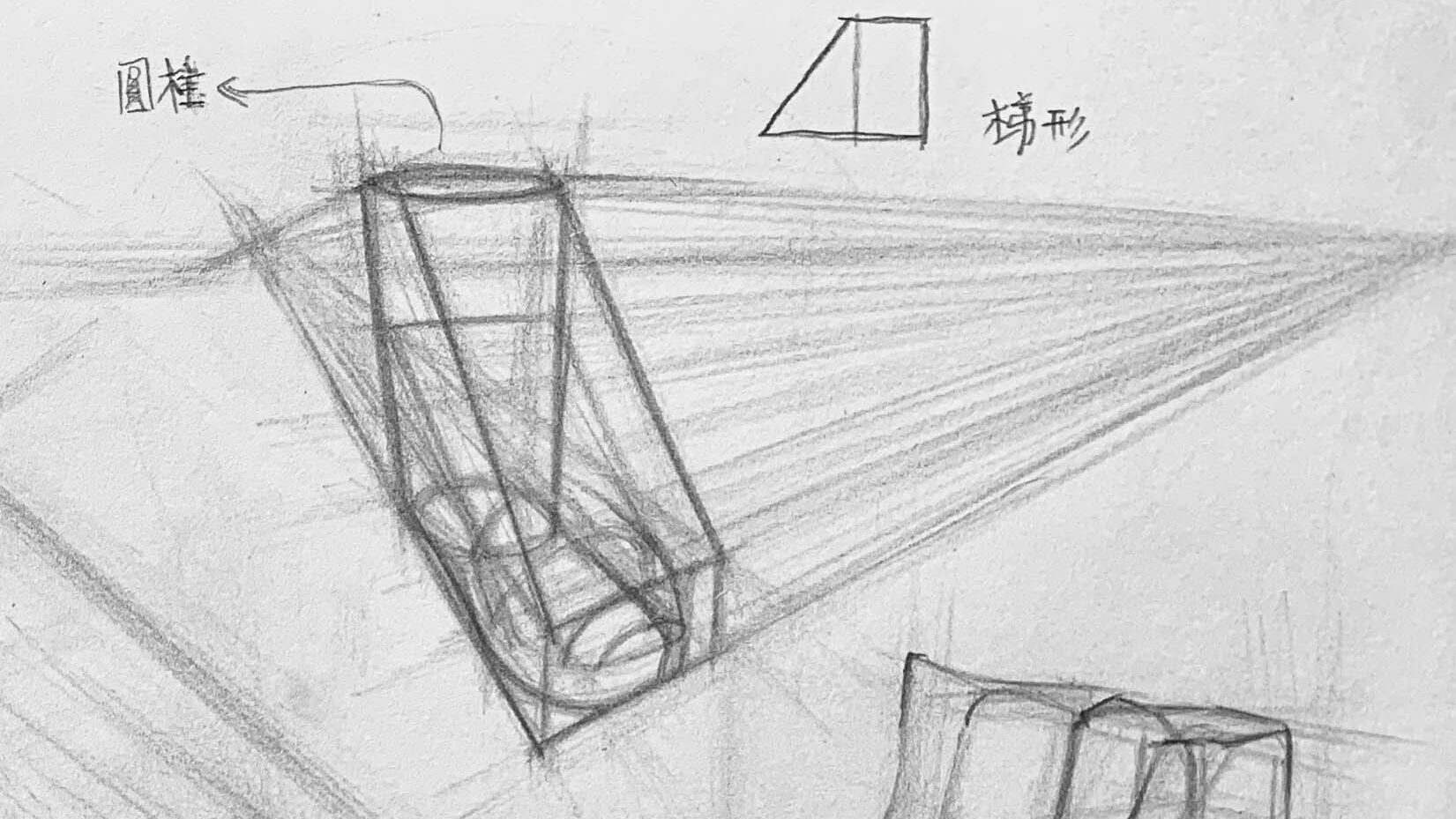
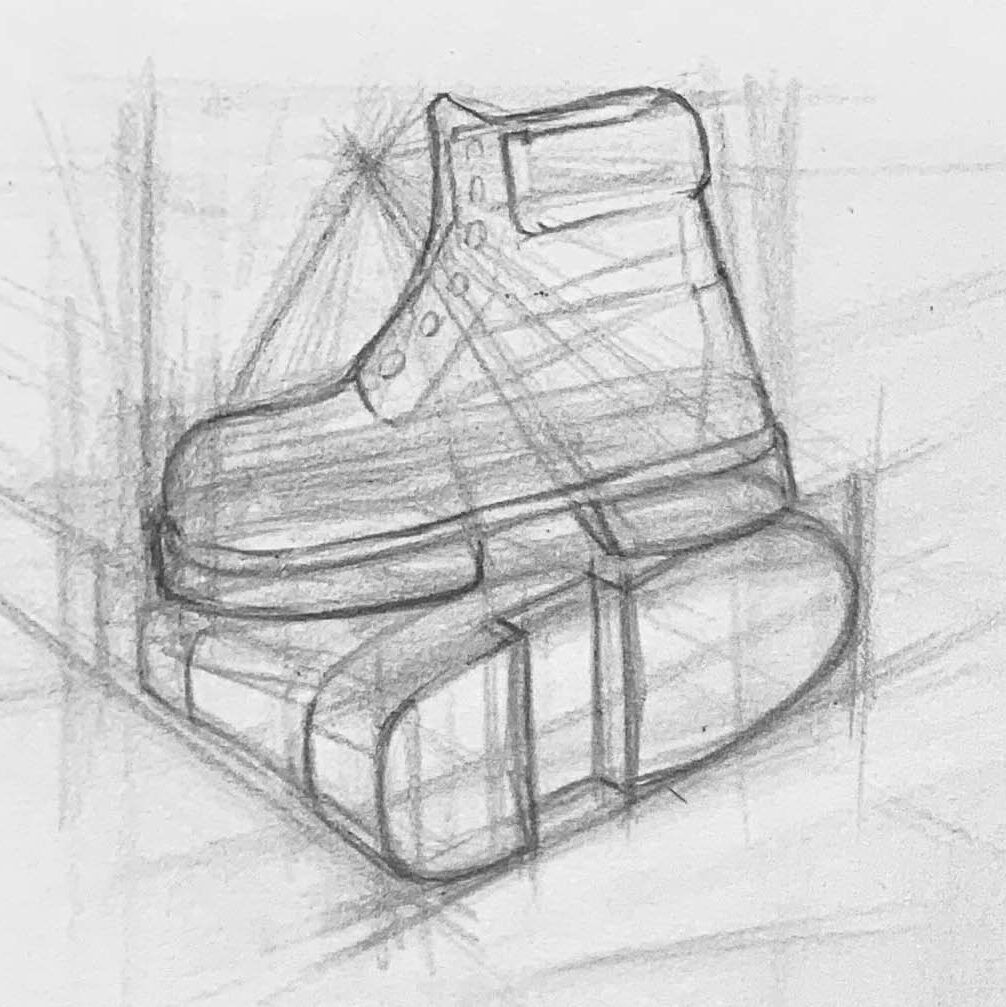
●Structural Lines and Detailing
After sketching the outline of the boot, use structural lines to mark the curves and contours. These lines help you understand the areas where the surface changes and can also serve as guides if you decide to add color later.
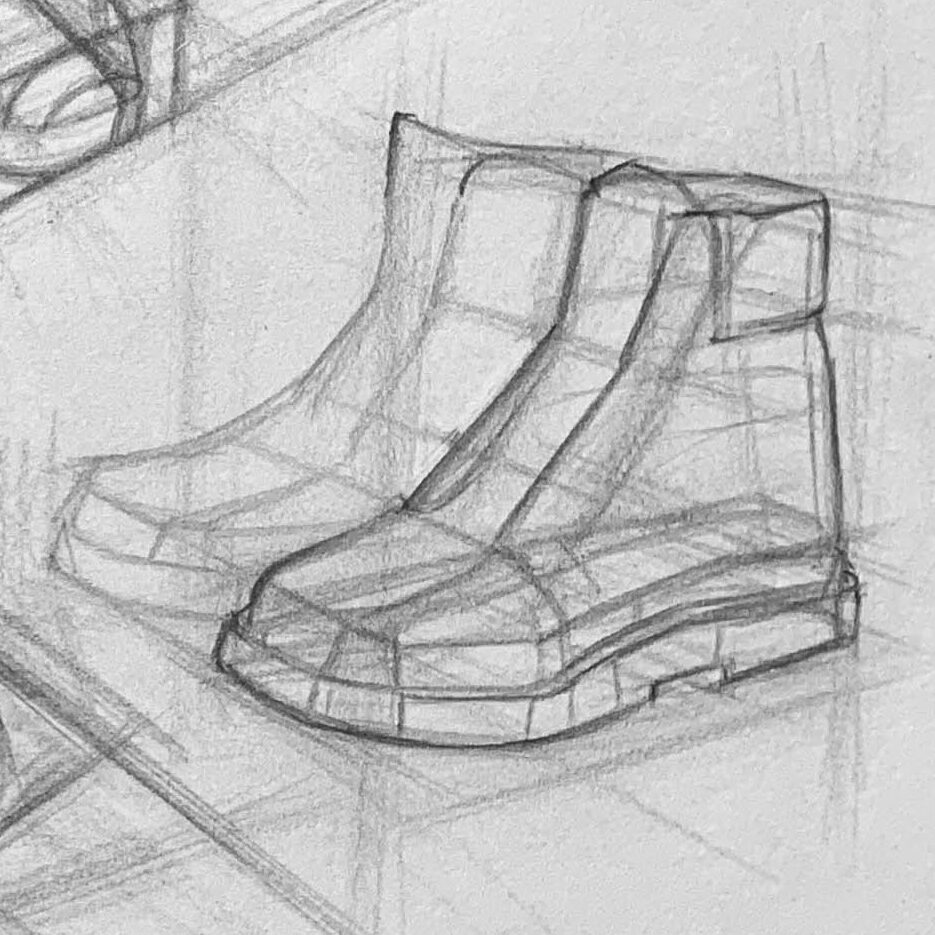


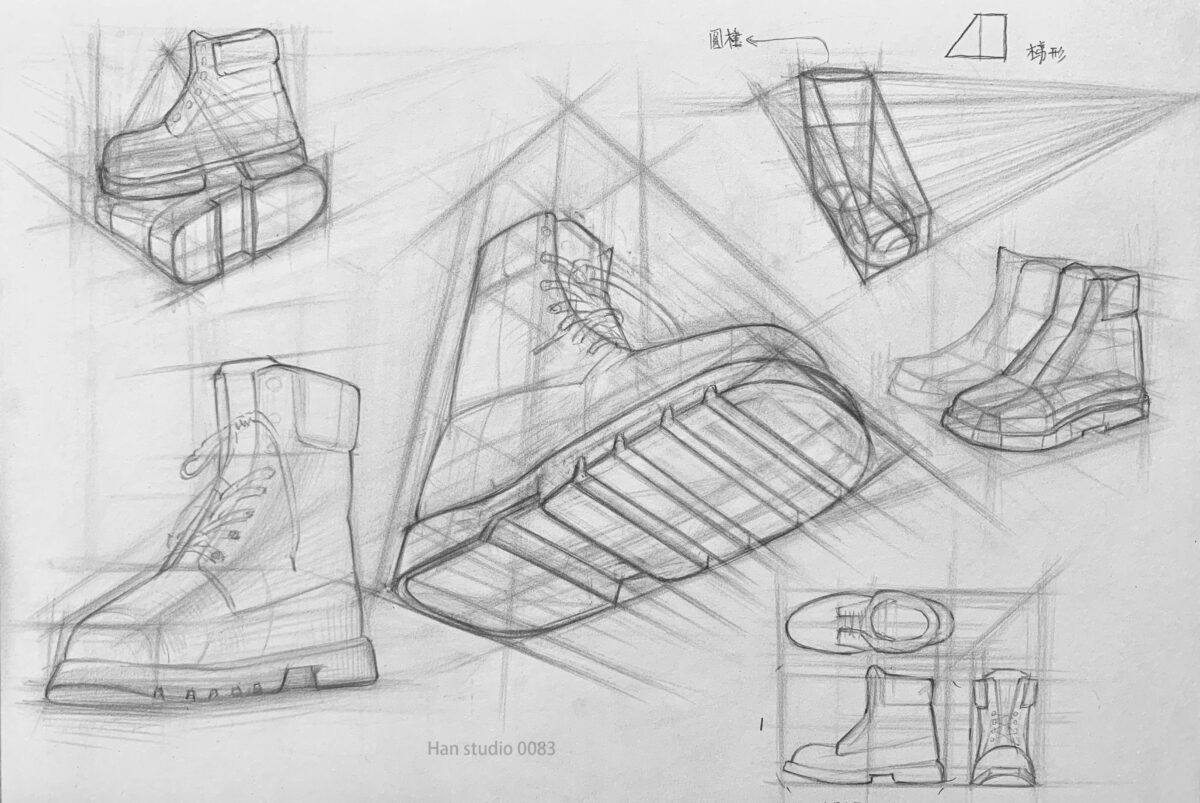
I hope this breakdown helps you understand the structure of boots better. If there are any topics you’d like to see or drawing techniques you’d like to learn, feel free to leave a comment or message me. Happy sketching!
If you're interested in learning to draw but don't know where to start, or if you'd like to understand the knowledge behind drawing,
feel free to join my LINE and contact me. In my classes, I organize drawing methods in a clear and structured way.
Click here to learn more about my drawing courses!
Want to explore more articles on extended drawing techniques?
How to Draw Perspective: Basic to Complex Structures
How to Master the Proportions,Shape, and Symmetry of a Teapot

